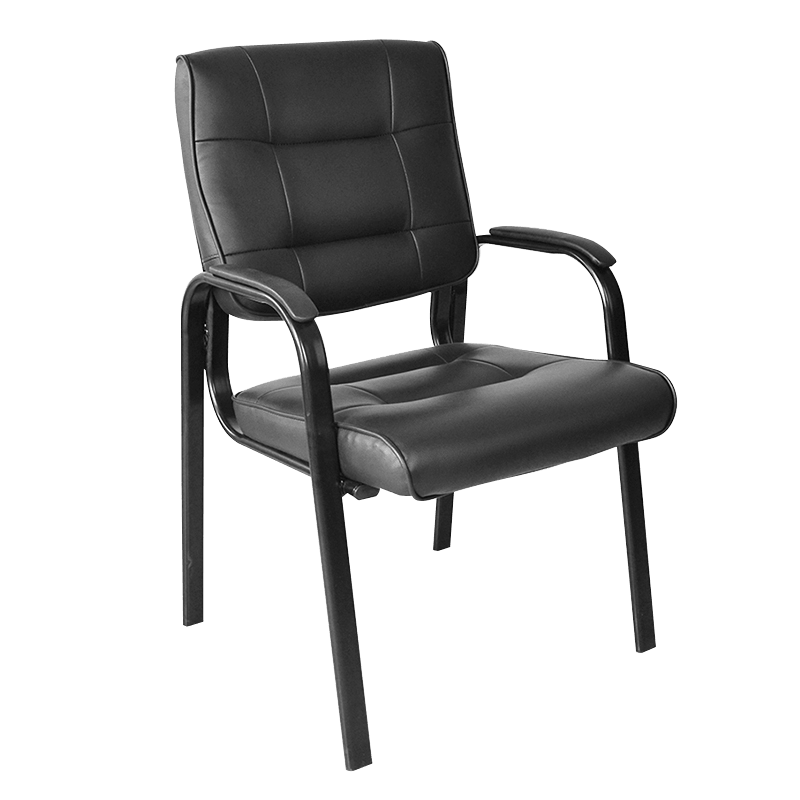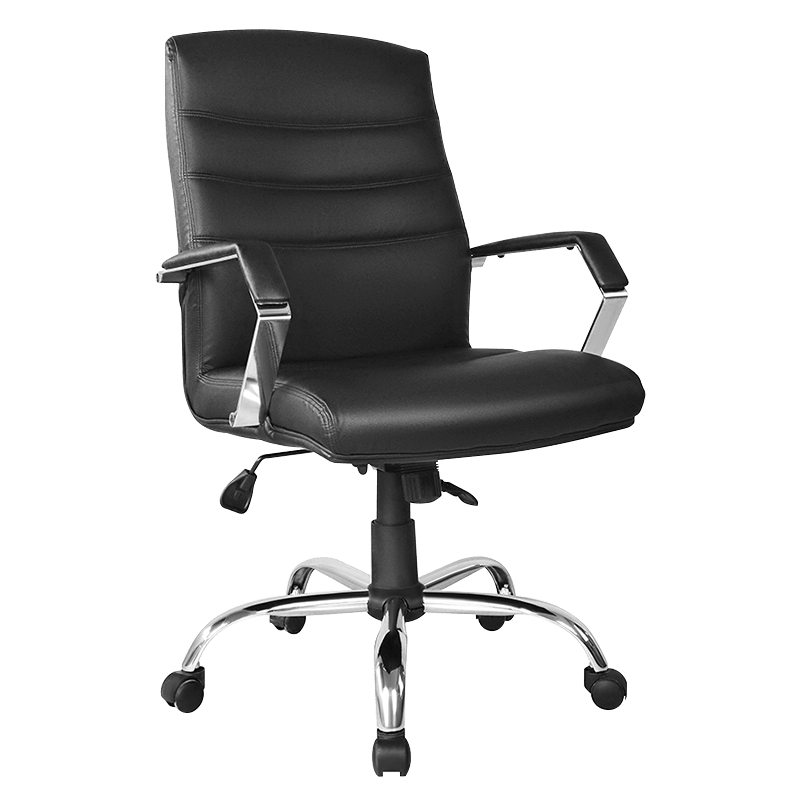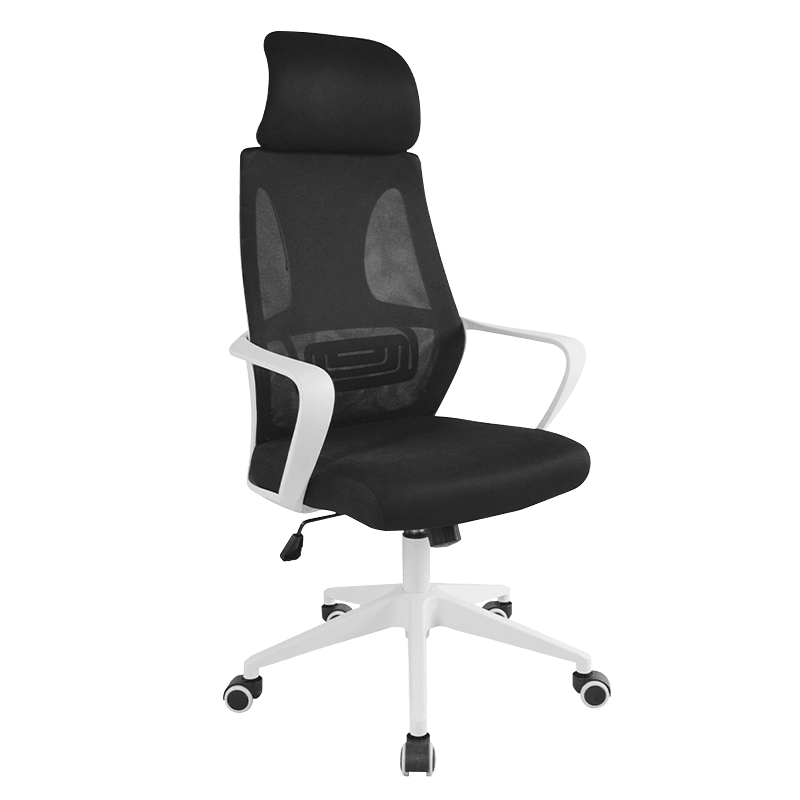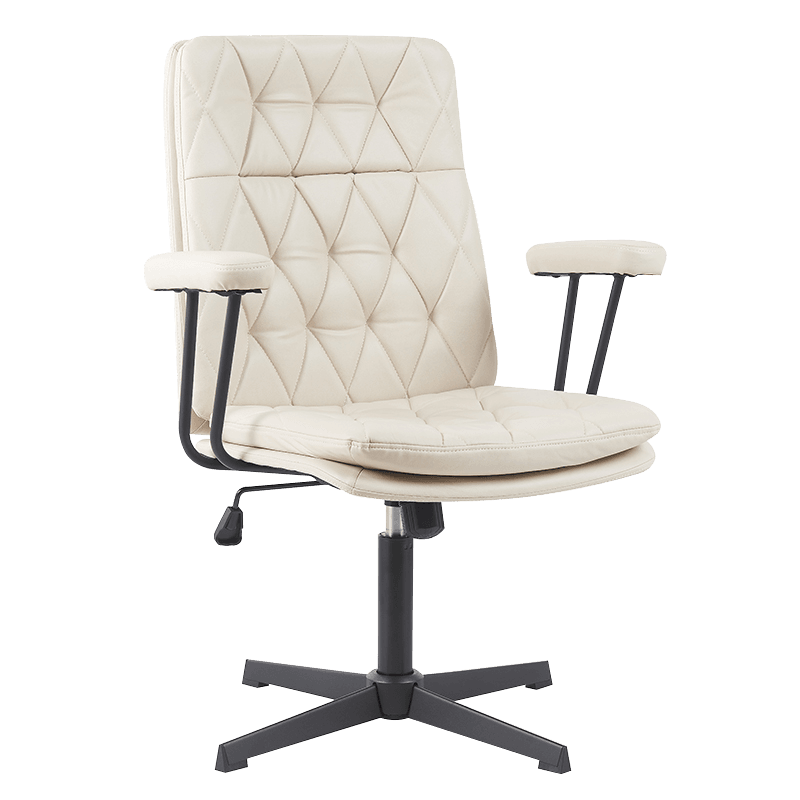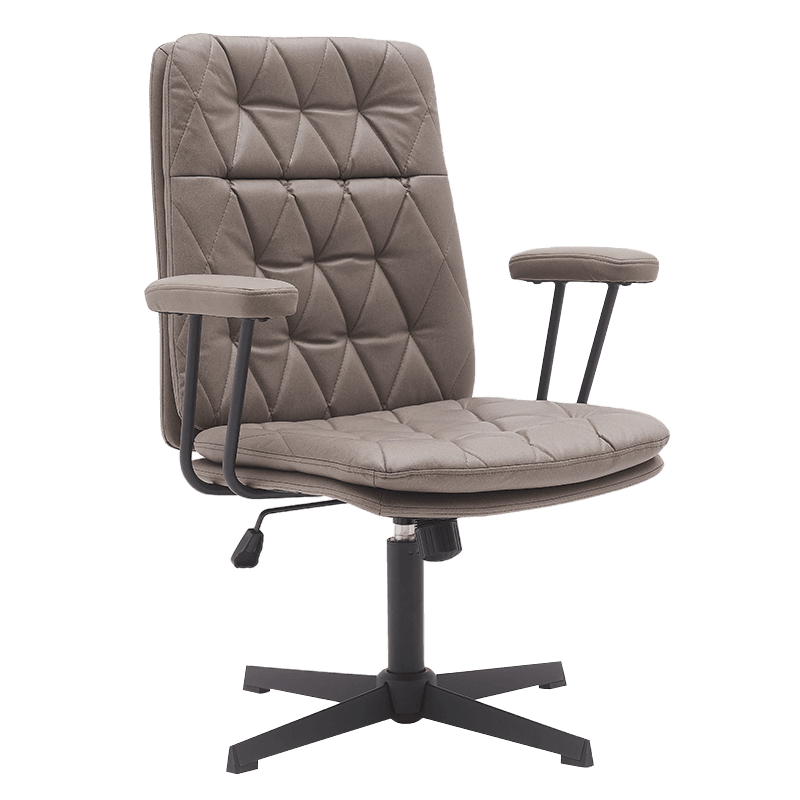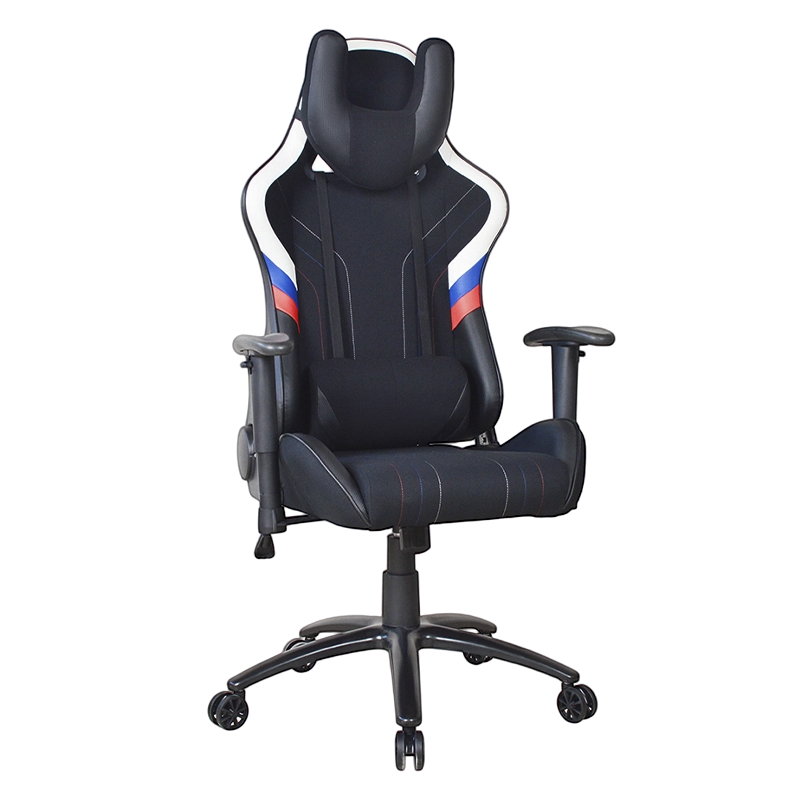Counter Stool Shopping Guide: How to Choose a Comfortable and Durable Style
2025-06-12
1. Height and size: Ensure comfortable sitting posture
When choosing Counter Stool, height is one of the most critical factors. The standard kitchen island or bar height is usually between 90-100 cm, so the matching Counter Stool height should be around 60-75 cm to ensure a comfortable sitting position. If you choose a style with adjustable height, it can adapt to countertop needs of different heights.
In addition, the seat depth and width can also affect comfort. The ideal seat depth should support the thighs without letting the knees hang; the width should provide enough room for movement to avoid crowding. If the Counter Stool has a backrest or handrail, you also need to consider whether the overall size is suitable for the placement space to avoid taking up too much area.
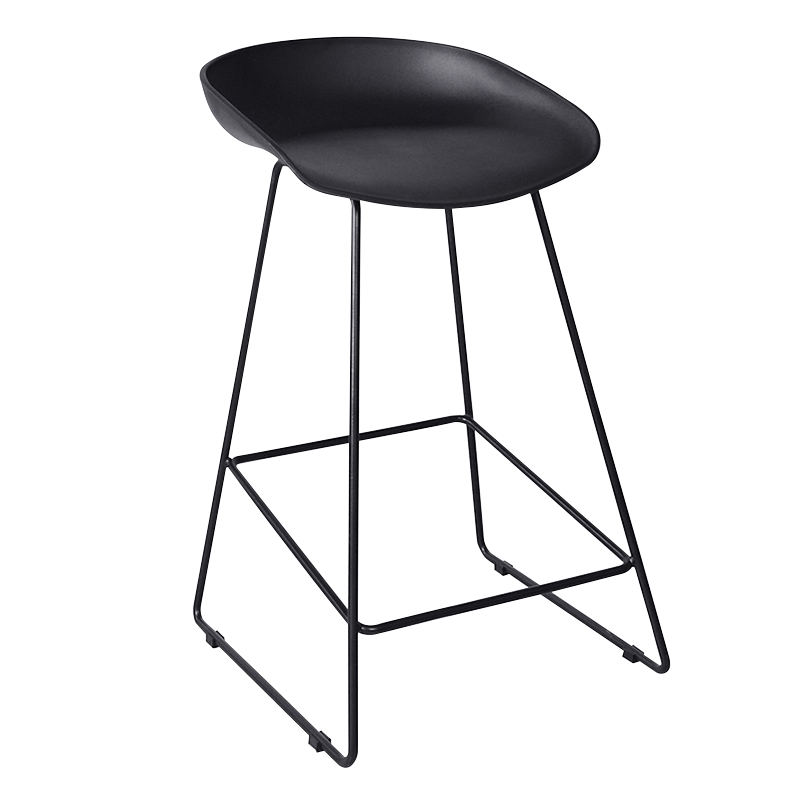
2. Material selection: balance beauty and durability
The material of Counter Stool directly affects its appearance style and service life. Common materials include solid wood, metal, plastic and soft-pack fabrics. Solid wood Counter Stool is natural and warm, suitable for traditional or country-style homes, but it needs to be moisture-proof and scratch-proof. Metal material is more modern and easy to clean, suitable for industrial or minimalist spaces.
For consumers who pursue comfort, the soft-pack Counter Stool is a good choice, but attention should be paid to the wear resistance and easy cleaning of the fabric. Leather or synthetic fabrics are easier to care for, while fabric materials need to be cleaned regularly. If Counter Stool is used in areas with high frequency of use, it is recommended to choose a wear-resistant and stain-resistant material to extend the service life.
3. Structure and stability: Safety first
Counter Stool's structural design directly affects its stability and safety. A high-quality Counter Stool should have a solid frame and a stable support structure to avoid accidents caused by shaking or tilting. The Counter Stool with four-legged design is usually more stable than the three-legged style, especially suitable for home use.
In addition, it is also important to check if the base of the Counter Stool comes with anti-slip pads, especially for scenes with ceramic tile or wood floors. Although the rotatable Counter Stool is convenient, it needs to ensure that its rotation mechanism is smooth and not easy to loosen to avoid noise or structural problems after long-term use.
4. Functional design: Improve user experience
Modern Counter Stool not only focuses on appearance, but also incorporates many practical features. For example, a style with a pedal design can provide better leg support and make it more comfortable to sit for a long time. The adjustable height Counter Stool can adapt to the needs of different family members, especially for multi-purpose spaces.
If Counter Stool is used in a restaurant or kitchen, stackable or wheeled styles can save space and facilitate movement. In addition, some high-end Counter Stools also have built-in storage functions, such as storage space under the seat, suitable for storing magazines or small items.
5. Style matching: coordinated with the home environment
Counter Stool's style should be in harmony with the overall home design. Modern and minimalist style spaces are suitable for choosing styles with smooth lines and single colors, while retro-style homes can consider carved or aged Counter Stool.
In terms of color, neutral tones such as black, white, gray or wood are easy to match, while bright or patterned styles can become the visual focus of the space. If Counter Stool is used in an open kitchen or living room bar, it is recommended to choose a color that echoes the cabinet or dining table to enhance the overall feel.
6. Budget and brand selection: Priority for cost performance
Counter Stool has a large price span, ranging from economical to high-end customized models. Within the budget, it is recommended to prioritize reputable brands to ensure product quality and after-sales service. Although the low-priced Counter Stool may be attractive, you need to pay attention to whether its materials and craftsmanship meet standards and avoid frequent replacement due to short-term use.
The mid-priced Counter Stool usually provides a good balance, with a good sense of design and a certain degree of durability. If you have a good budget, consider high-end brands or custom models for a more personalized design and longer life.
7. Maintenance and Cleaning: Extend service life
Regular maintenance and cleaning are key to extending its service life no matter what material the Counter Stool is chosen. Solid wood Counter Stool needs to avoid humid environments and regularly use wood wax oil for maintenance; metal materials can be wiped with a wet cloth to prevent water stains from remaining.
The soft-pack Counter Stool needs to choose the cleaning method according to the fabric characteristics. The leather can be used for special care agents, while the fabric is recommended to use a vacuum cleaner or a local cleaner to treat the stains. In addition, check regularly whether the screws and connectors are loose and tighten in time to avoid structural problems.


 Language
Language English
English Français
Français Español
Español Deutsch
Deutsch